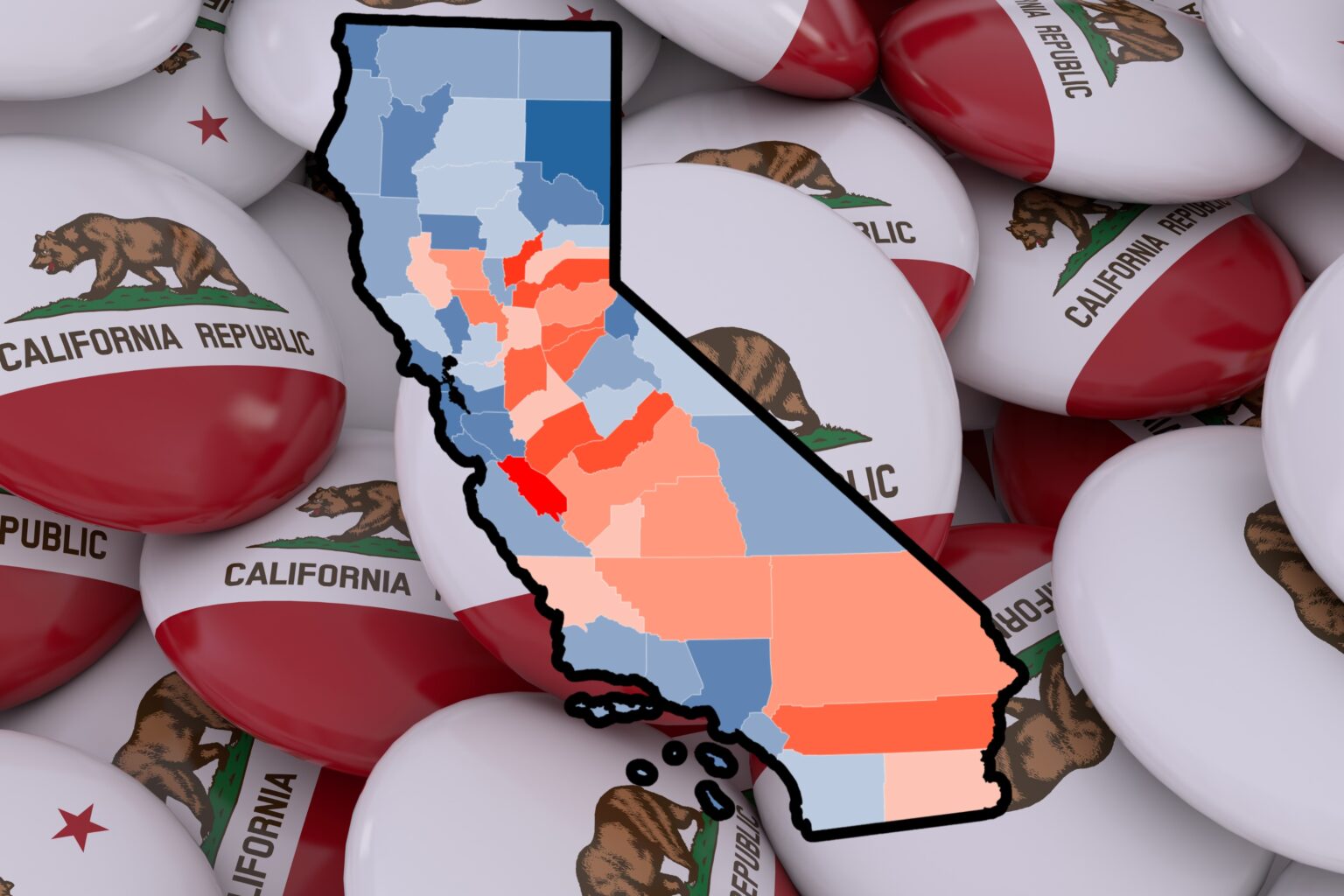California is the nation’s most populated state, but it might not keep its crown for long. According to recent data from the United States. Census Bureau, California is one of the fastest shrinking states in the U.S. However, this trend has not been equal across the state.
U.S. population growth has seen a steady decline in recent decades, with New York state seeing the fastest decline. But the Golden State isn’t far behind. While California did see a small increase in its population last year, the overall trend since 2019 has been that of gradual decline, decreasing from 39.53 million in 2020 to 38.97 million in 2023, as per the U.S. Census Bureau.
California’s coastal counties—including Los Angeles and San Francisco—have lost millions of residents in total, but near the center of the state, a different patterning is emerging.
The map below shows which Californian counties have grown and shrunk over the last three years.
The following five counties have seen the most significant increase in population over the last three years:
- San Benito County—6 percent increase in population
- Yuba County—5 percent
- Mader County—4 percent
- Mered County—4 percent
- Placer County—4 percent
Meanwhile, these are the five counties that have shrunk the most:
- Lassen County—11 percent decrease in population
- San Francisco—7 percent
- Alpine County—5 percent
- San Mateo County—5 percent
- Del Norte County—4 percent
Alameda, Amador, Glenn, Los Angeles, Marin, Napa Plumas, Santa Clara, Santa Cruz, and Trinity Counties all saw a 3 percent decrease in population, the majority of which lie on the coast.
According to the University of Southern California, this migration towards the Central Valley has largely been driven by housing costs, congestion, and cost-of-living along the Californian coast.
Statewide, about a third of Californians say they are considering leaving the state due to housing costs, according to surveys by the Public Policy Institute of California (PPIC.) Even so, the state is losing households at all income levels, with a particularly steep decline in higher income households since the COVID-19 pandemic. This is likely to be partly due to the “new normal” of remote work in many higher income professions, but many have also stated politics as a reason for leaving the state.
Combined with this steady outmigration, California’s birth rates are near record lows. In 2008, fertility rates in California were above the national average, at 2.15 children per woman. By 2020, they were the seventh lowest in the country, at 1.52.
But what does this mean for the Golden State? Well, in line with the falling birth rates, California’s population is getting older. According to the California Department of Aging, one in every four Californians will be over the age of 60 by 2031, nearly twice that seen in 2010.
This raises important questions for policy, especially for health care, transportation, and other key services. The changing demographic and outmigration may also knock California from its powerful position in the fields of research and innovation.
In 2020, California lost a congressional seat for the first time following the census, and its continued slow growth may lead to more losses in the future.
Do you have a tip on a science story that Newsweek should be covering? Do you have a question about the U.S. population? Let us know via science@newsweek.com.
Read the full article here

